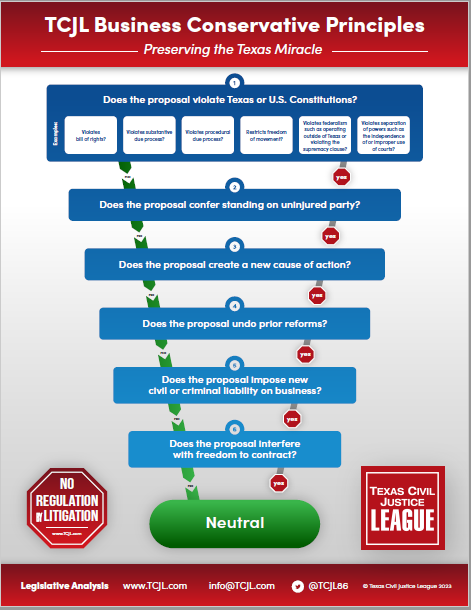 The Austin Court of Appeals has affirmed a trial court’s denial of a physician’s motion to dismiss a Chapter 74 health care liability claim arising from the death of a teenager by suicide.
The Austin Court of Appeals has affirmed a trial court’s denial of a physician’s motion to dismiss a Chapter 74 health care liability claim arising from the death of a teenager by suicide.
Shree Shrestha, M.D. and HMIH Cedar Crest, LLC d/b/a Cedar Crest Hospital & RTC v. Claudia Johnson, Individually and as Representative of the Estate of Tony Johnson, Jr. (No. 03-22-00177-CV; April 30, 2024) arose from tragic circumstances. Decedent, a 16-year-old boy, was admitted to Cedar Crest Hospital with suicidal ideation. His intake examination indicated three prior suicide attempts. one of them “high-risk,” and a history of depression. He had several bruises on his body, which he attributed to his father’s abuse. Decedent received several medications, including an SSRI, and stayed in the hospital for five days. The day after his discharge, he committed suicide by self-hanging. Decedent’s mother brought a wrongful death claim against the treating physician and the hospital, alleging negligence and gross negligence. Pursuant to § 74.351, CPRC, she served an expert report authored by a child psychiatrist from Johns Hopkins University. Defendants moved to dismiss on the basis that the report was conclusory as to causation. The trial court denied the motion. Defendants appealed.
In an opinion by Justice Smith, the court affirmed. Most of the court’s opinion is devoted to the report’s description of the applicable standard of care and Defendants’ alleged breaches thereof. In short, the report indicated six specific “breaches”: (1) Defendants failed to refer the decedent to psychotherapy treatment upon discharge; (2) Defendants failed to monitor the decedent’s reaction to the SSRI, which can cause suicidal ideation, and arrange for follow-up treatment by a physician; (3) Defendants failed to follow up the social workers’ initial suicide screening with a clinical assessment; (4) Defendants failed to provide a safety plan, to require pre-discharge family meetings, or to inquire into whether decedent suffered PTSD from his alleged abuse, which may have revealed the need for a greater level of intervention; (5) Defendants failed to initiate clinical intervention for family risk-related factors; and (6) Defendants failed to establish a safe home environment for discharge or arrange follow-up mental health care. Each of these breaches, according to the report, proximately caused decedent’s suicide. The court concluded that, taken as a whole, the report represented a good faith effort and put Defendants on notice of the alleged breaches of the standard of care and the way in which those breaches proximately caused the harm.
This is one of those tough cases that our judges and justices are called upon to adjudicate every day, and we cannot but be grateful to them for serving our system of justice at what must be, at times, great personal cost. At the same time, in our reading the court of appeals’ opinion does not quite “draw a line” between the alleged breaches of the standard of care and the harm, nor does it clearly establish what Defendants “should have done differently” to avert a harm that occurred only one day after discharge. For example, how could Defendants be responsible for establishing a “safe home environment,” especially given the allegations of physical, emotional, and substance abuse in the home? How could they ever be sure that the environment would ever be “safe”? Additionally, several of the alleged breaches refer to lack of follow-up, referrals to other providers, and monitoring. Could any of these be actually implemented within 24 hours? How? The expert report itself identifies the difficulties of finding mental health providers under any circumstances, much less on the spot for continuous monitoring. If the answer was to keep the patient in the hospital longer, the report didn’t indicate how long might be appropriate or what kinds of interventions would have helped prevent the harm. It also did not indicate that the patient be held until CPS could investigate the matter, a process which takes time.
These are just some of the problem inherent in assigning fault to a health care provider for a terrible mental health outcome that could not clearly have been prevented no matter what the provider did or did not do. Perhaps this will all get fleshed out in a jury trial, if there is one, but if I were a mental health provider dealing with the overwhelming problems currently facing our understaffed and underresourced mental health care system, I would be very concerned about this decision.











